What should be saved?
It’s Tuesday, October 22, 1883 — opening night at the opera.
And not just any opening night.
It’s the premiere of the new French opera Faust and the first performance in New York’s brand-new Metropolitan Opera House on Broadway and West 39th Street.
Gawkers fill the sidewalks on both sides of Broadway, craning necks to see the carriages of the city’s upper crust line up outside the building’s covered carriageways.
At the entrances, valets in green velvet uniforms with gold buttons rush to open doors and assist ladies bedecked in jewels and furs.
An international cast of operatic stars has been brought in as headliners for the performance and a full house of three thousand is expected.
Even the ‘cheap seats’ cost three times more than usual.
Faust is the hottest ticket in town.
Faust tells the story of a successful intellectual who feels a wrenching dissatisfaction with his life.
Finding himself at a crossroads, he makes a pact with Mephisto, the Devil, exchanging his soul for unlimited knowledge and worldly pleasures.
But the opening night performance garnered mixed reviews.
Most thought the performances of Faust and the maiden, Marguerite, were satisfactory; but Franco Navarro was “a most inefficient Mephisto” who was “out of condition,” according to the New York Times.
As for the new opera house itself, there was little enthusiasm.
While all agreed the place was “enormous,” many complained that its decor, lacking bold color, was dull, giving the house a “quiet, subdued effect [which] had been pursued to an extreme.”
Finally, after twenty years of unrelenting criticism, the opera house underwent an extensive interior renovation and reemerged with a glittering gold palette.
It dripped with gilt, including a sunburst chandelier, a gold damask stage curtain, and a curved proscenium inscribed with the names of famous opera composers framing the stage.
It was lovely, but the space problem backstage remained.
Those facilities had been deemed inadequate from the very beginning.
“The backstage was tiny.
“When you rehearsed during the day, the sets for the opera that evening were just lying against the wall outside on Seventh Avenue.
“It rained, it snowed, and they were just out there.”
“They used to rehearse literally in anterooms to the toilets.”
Over the years, plans were put forward to construct a new opera house in Columbus Circle, Washington Square, Rockefeller Plaza, and between 8th and 9th Avenues, but none of those ideas proved feasible.
It was the construction of Lincoln Center, begun in the late 1950s, that finally offered the Opera a new, larger home.
But the decision to move the Opera didn’t please everyone.
What would happen to the “Old Met,” the Opera’s charming, though antiquated, old home?
The Opera had a plan: it would lease its old building to a real estate developer who wanted to knock it down and erect a new 40-story office building in its place.
The lease would generate a stream of rent payments which could fund the Opera’s ongoing operations.
When historic preservationists tried to block this deal by obtaining protective landmark status for the old building, the New York City Landmarks Commission sided with the Opera and rejected their application.
So, the new Mayor, John Lindsay, tried to raise $8M in private donations to buy the old building and spare it from the wrecking ball.
But the Opera filed a lawsuit to block Lindsay’s effort.
They needed the lease: an outright sale of the building wouldn’t generate enough long-term money.
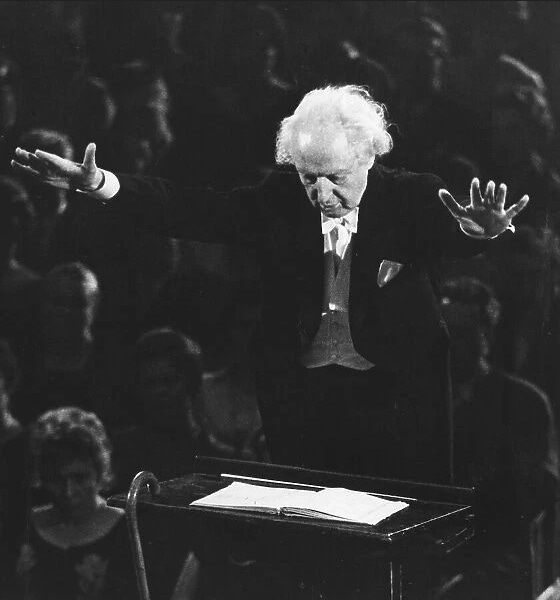
As the Opera’s lawsuit against Lindsay worked its way through the courts, others in the city voiced an interest in saving the old building.
But none put forward a credible offer.
And Lindsay was only able to collect $204,000.
So, city officials issued the dreaded demolition permit.
And the Opera opened in its new Lincoln Center facility in September 1966 with the premiere of Samuel Barber’s “Antony and Cleopatra.”
The First Lady, Mrs. Johnson, attended the premiere in the company of Imelda Marcos; and the performance was beamed to 130 radio stations around the country.
The Opera production people were thrilled with their new digs.
“The facility we moved into in 1966 was state-of-the-art.
“Not only did we gain space, but we gained technology....”
But, like the Met’s opening night nearly eighty years before, the inaugural performance in the new facility did not sit well with reviewers.
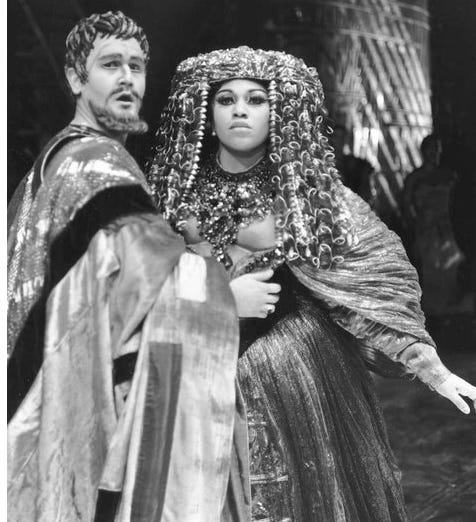
“It was all very technological…
“And, it must be confessed, sometimes so vulgar…
“The Old Lady of 39th Street, newly come into riches, does not as yet wear her new clothes gracefully.” — New York Times
The Opera had made its own Faustian bargain.
They traded away their charm and grace.
In exchange, they got storage space and hydraulic pulleys.
Four months after the Opera’s debut in the new Lincoln Center, the Old Met came down.
A forty-story office tower now sits in its place.
******************************
I’ll see you tomorrow.
— Brenda





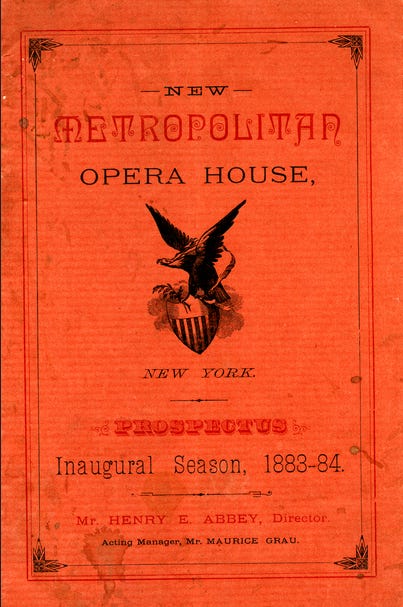
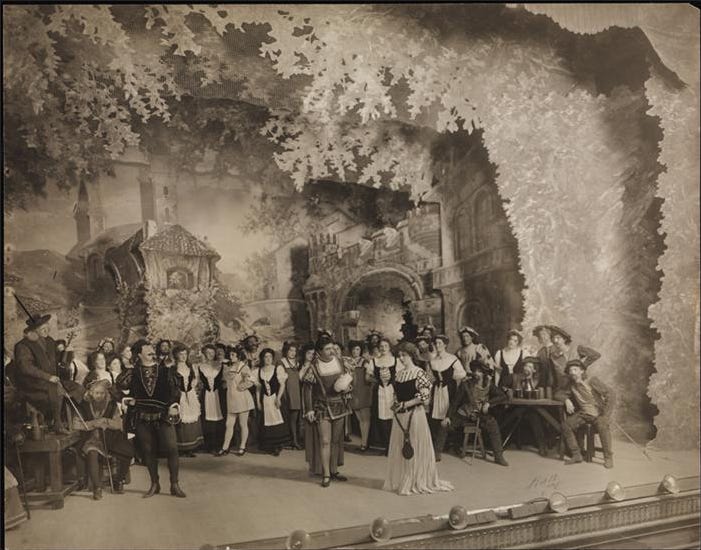
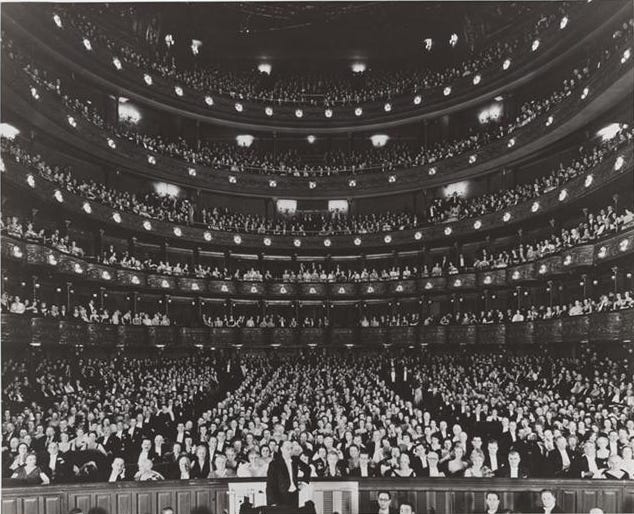
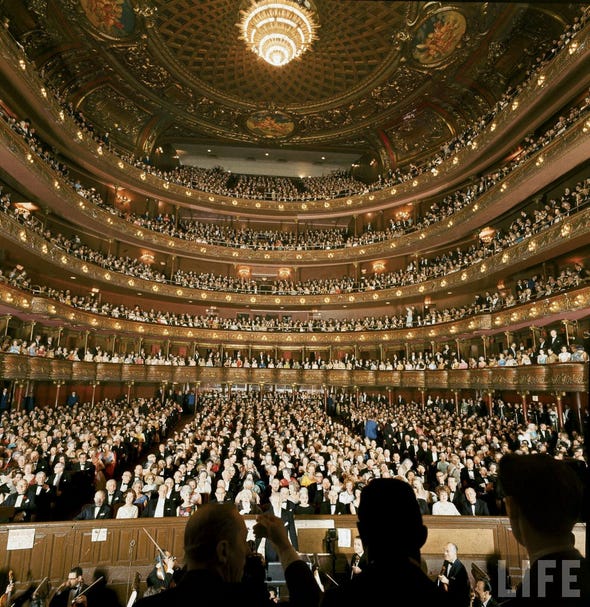
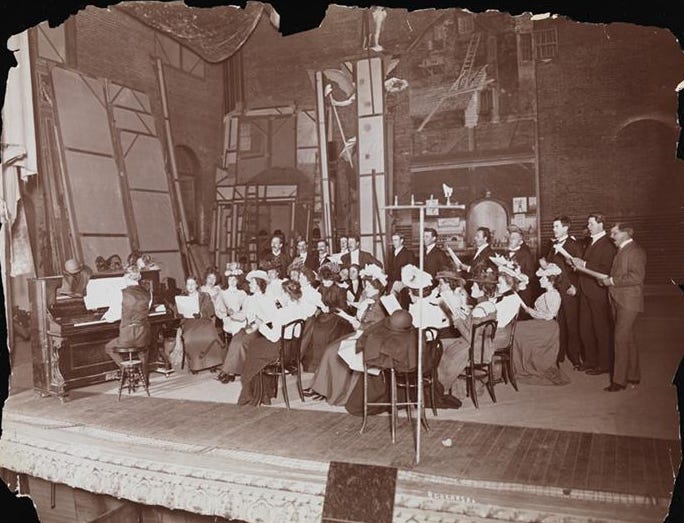
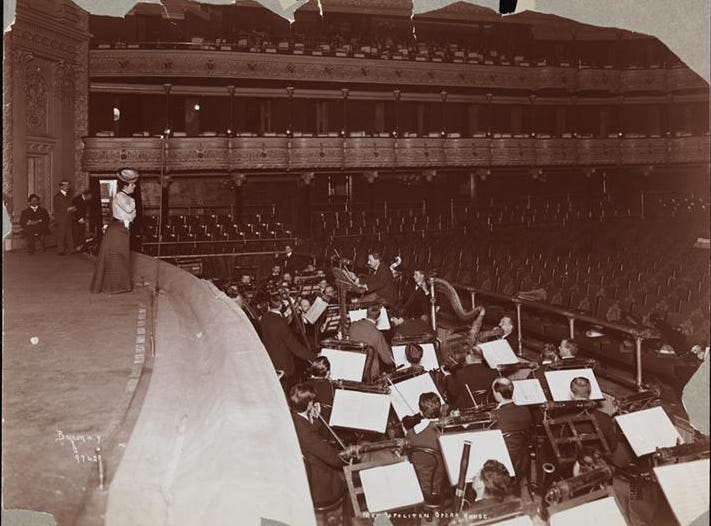
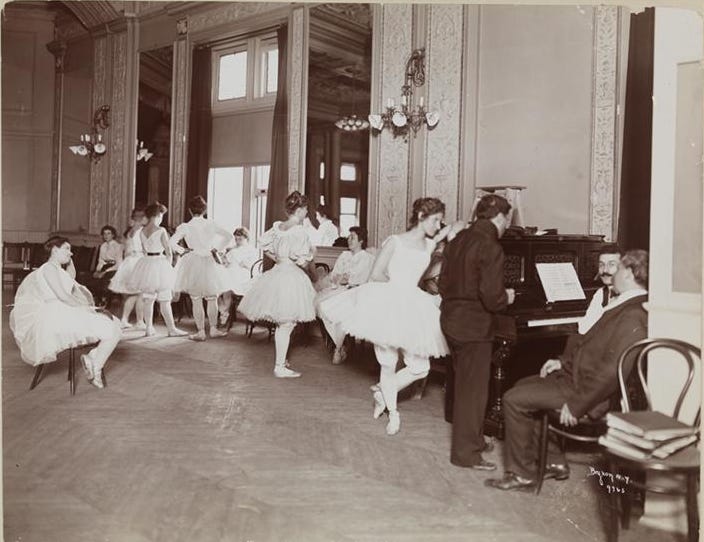
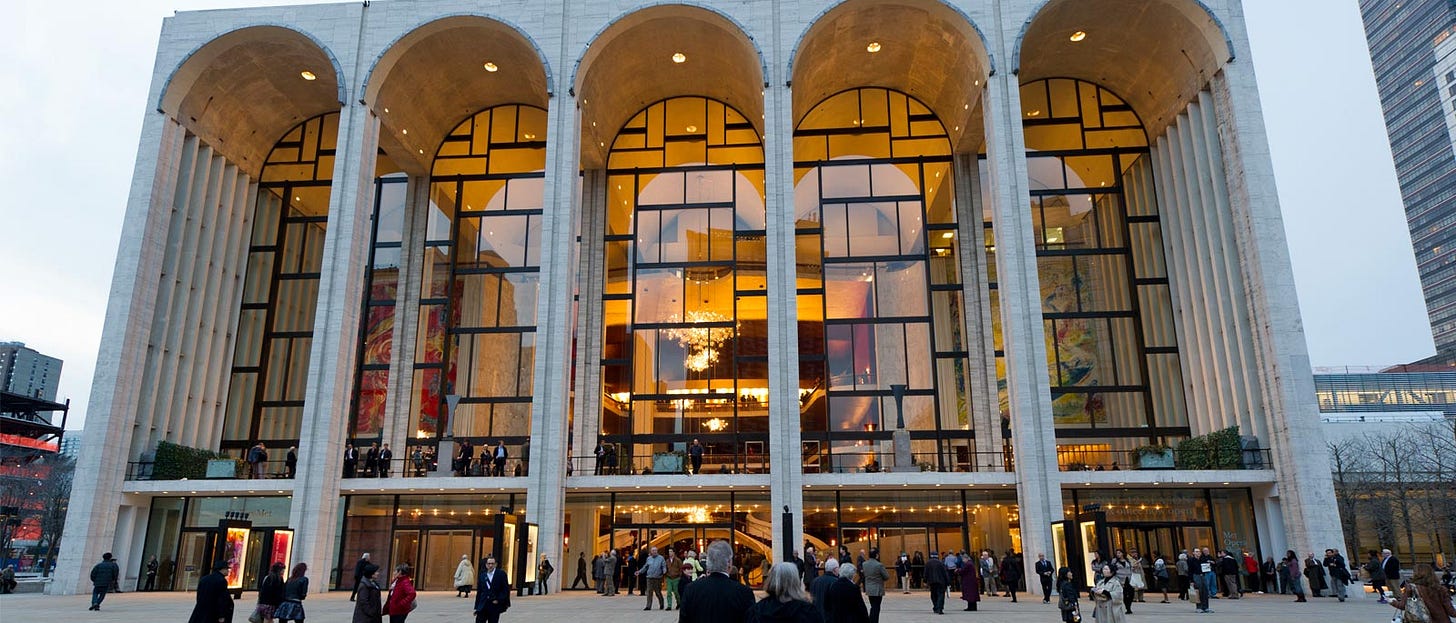
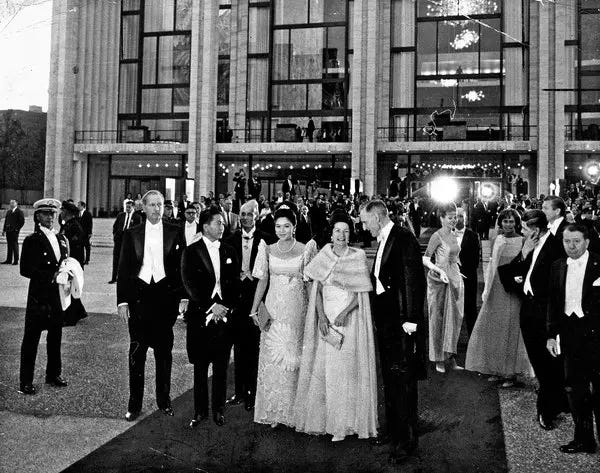
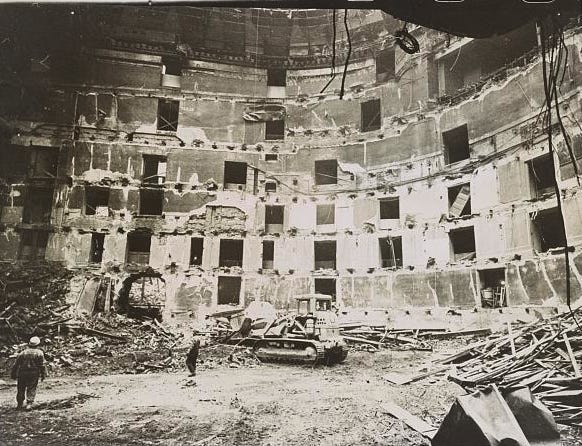
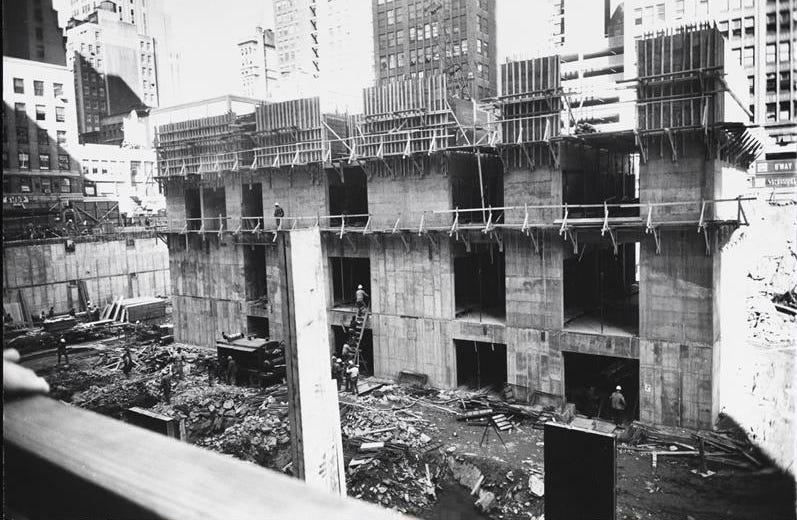









Share this post